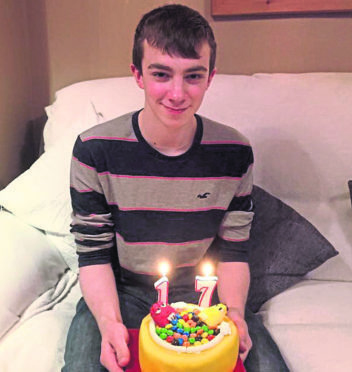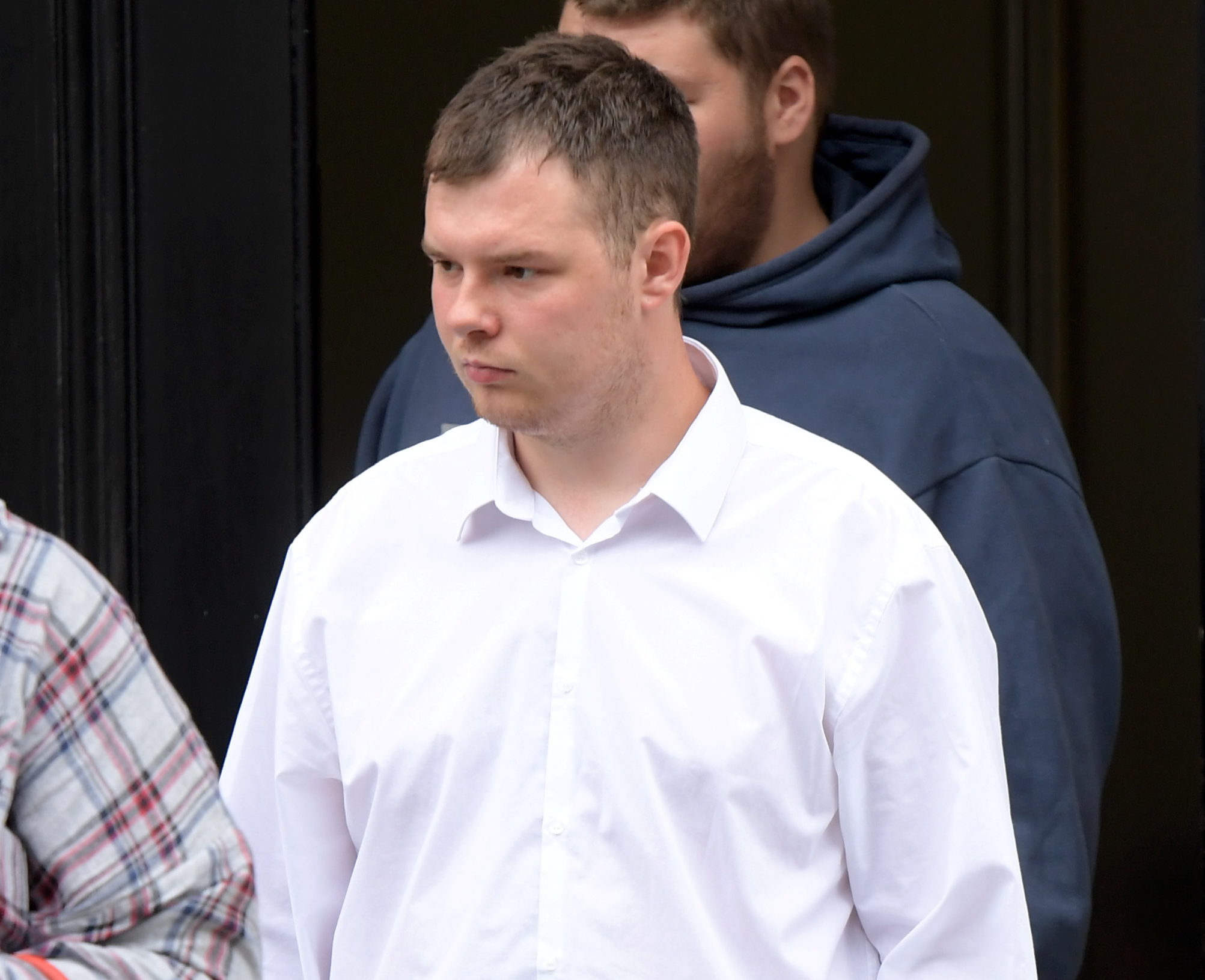A teenager died after suffering a broken neck and torn spinal cord and may have been injured after “tumbling” inside a machine the last day of his summer job at an industrial cleaning firm, a jury has heard.
Dean Reynolds is standing trial accused of the culpable homicide of 17-year-old Michael McLean, who died on August 14 2015 at Denholm MacNamee’s premises in Inverurie, Aberdeenshire.
The trial earlier heard how Michael was found unconscious and bleeding from the ears on the floor of a paint shed in which sat an industrial spooling machine used to raise and lower subsea cables from oil platforms and boats.
Health and safety expert gives evidence at north-east schoolboy death trial
His father – who also worked at the firm – frantically tried to give him CPR before he was rushed to Aberdeen Royal Infirmary where he died six days later.
Yesterday Reynolds’ trial was told that a post-mortem examination found that Michael had suffered a broken vertebrae in his neck, which caused a tear in his spinal cord.
That led him to go into cardiac arrest, starving his brain of oxygen and subsequently killing him after a period in intensive care.
Forensic pathologist Dr Matthew Lyall told the sixth day of the trial at the High Court in Aberdeen that a single blow to the head caused during a tumble in the machine could have caused the broken neck – as well as the other injuries found on him, including a broken jaw.
He said: “He had a severe injury that could have produced immediate cardiac arrest, and even if it didn’t I would expect it to produce immediate paralysis of all four limbs.
“Even if you were on level ground I would expect someone sustaining that sort of injury to collapse.
“If you combine that with a moving spool you would find it extremely difficult to maintain balance.”
Advocate depute Richard Goddard asked Dr Lyall: “I put this scenario to you – this machine was being operated by another person while Michael McLean was inside it, causing the drum to revolve, perhaps only for a few seconds and then being switched off because he is not fit to do it by then.
“That’s because he had either become entrapped or had tumbled in that drum, could that account for his broken neck in conjunction with the injury to both sides of his body, his broken jaw and the injuries to his chest?”
Dr Lyall said: “I think that sequence of events sounds plausible.”
Mr Goddard also asked: “Does the scenario I’ve put to you in combination account for the findings in this young man’s case?”
The witness replied: “I think it does, yes.”
Court accused claims he was absent when schoolboy died in industrial accident
Under cross examination by defence QC Iain Duguid he accepted he would ordinarily have expected to see greater head injuries in such circumstances but added: “It just depends how he may have fallen”.
Reynolds, 23, of Regent Street, Keith, Aberdeenshire, denies a charge of culpable homicide and an alternative charge under the Health and Safety at Work Act 1974.
He further denies a charge of attempting to pervert the course of justice by discarding two pairs of work boots belonging to him to avoid examination and analysis of them.
The trial, before judge Lord Beckett and a jury of six men and nine women, continues.











